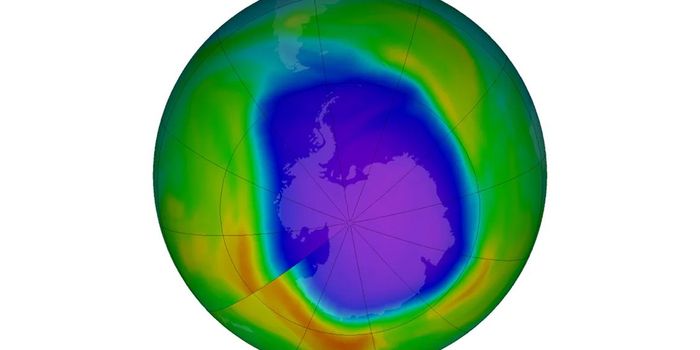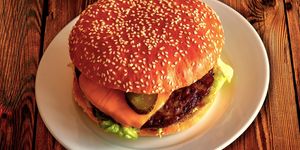Fingertip-sized Computer Chip Can Analyze Water Content in Record Time
In a recent study published in Nature Communications, an international team of researchers developed a fingertip-sized computer chip with an infrared sensor capable of measuring the contents of liquids within fractions of a second. This study holds the potential to assist the field of analytical chemistry, which often requires accurately measuring liquid contents within seconds, which is especially prevalent in the pharmaceutical industry.
"We only need a few microliters of liquid for a measurement," says Dr. Borislav Hinkov of TU Wien in Vienna, Austria, and lead author of the study. "And the sensor delivers data in real time -- many times per second. Thus, we can precisely monitor a change in concentration in real time and measure the current stage of a chemical reaction in the beaker. This is in strong contrast to other reference technologies, where you need to take a sample, analyze it and wait up to minutes for the result."
The study came about with collaboration between the departments of electrical engineering and chemistry at TU Wien and was successful in measuring liquid at the micrometers-length scale, whose performance was tested what’s known as first proof-of-concept measurements. For these tests, a known model protein was heated, thus altering its geometrical structure, which also alters the fingerprint absorption spectrum of the protein.
"We selected two suitable wavelengths and fabricated suitable quantum-cascade-based sensors, which we integrated onto a single chip," says Dr. Borislav Hinkov. "And indeed, it turns out: you can use this sensor to observe the so-called denaturation of the selected model protein with high sensitivity and in real time."
Flexibility is key to this technology, as it can adjust wavelengths as necessary to study different molecules while also being capable of adding more quantum cascade sensors on the same chip. This latter attribute allows the distinguishing of concentrations of different molecules simultaneously.
"This opens up a new field in analytical chemistry: Real-time mid-infrared spectroscopy of liquids," says Dr. Borislav Hinkov.
Sources: Nature Communications
As always, keep doing science & keep looking up!









